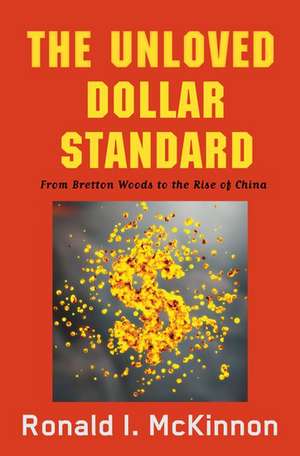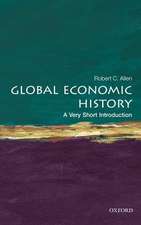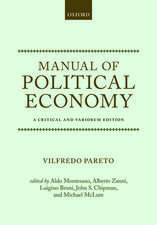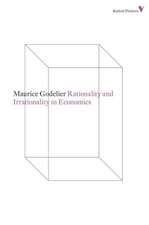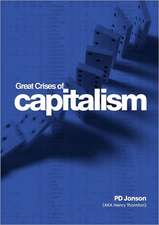The Unloved Dollar Standard: From Bretton Woods to the Rise of China
Autor Ronald I. McKinnonen Limba Engleză Hardback – 31 ian 2013
Preț: 342.72 lei
Nou
Puncte Express: 514
Preț estimativ în valută:
65.58€ • 68.47$ • 54.28£
65.58€ • 68.47$ • 54.28£
Carte tipărită la comandă
Livrare economică 24-31 martie
Preluare comenzi: 021 569.72.76
Specificații
ISBN-13: 9780199937004
ISBN-10: 0199937001
Pagini: 240
Ilustrații: 58 illustrations
Dimensiuni: 236 x 163 x 25 mm
Greutate: 0.54 kg
Editura: Oxford University Press
Colecția OUP USA
Locul publicării:New York, United States
ISBN-10: 0199937001
Pagini: 240
Ilustrații: 58 illustrations
Dimensiuni: 236 x 163 x 25 mm
Greutate: 0.54 kg
Editura: Oxford University Press
Colecția OUP USA
Locul publicării:New York, United States
Recenzii
Ronald McKinnon is a seminal figure in the development of modern international monetary economics, but also an iconoclast with a distinctive view. This book is as good a summary statement as any of 'McKinnonomics.' Well worth reading as always.
Notă biografică
Ronald McKinnon is the William D. Eberle Professor Emeritus of International Economics at Stanford University, where he has taught since 1961. He has been a consultant to central banks and finance ministries all over the world, including agencies such as the World Bank, International Monetary Fund, and European Central Bank.
